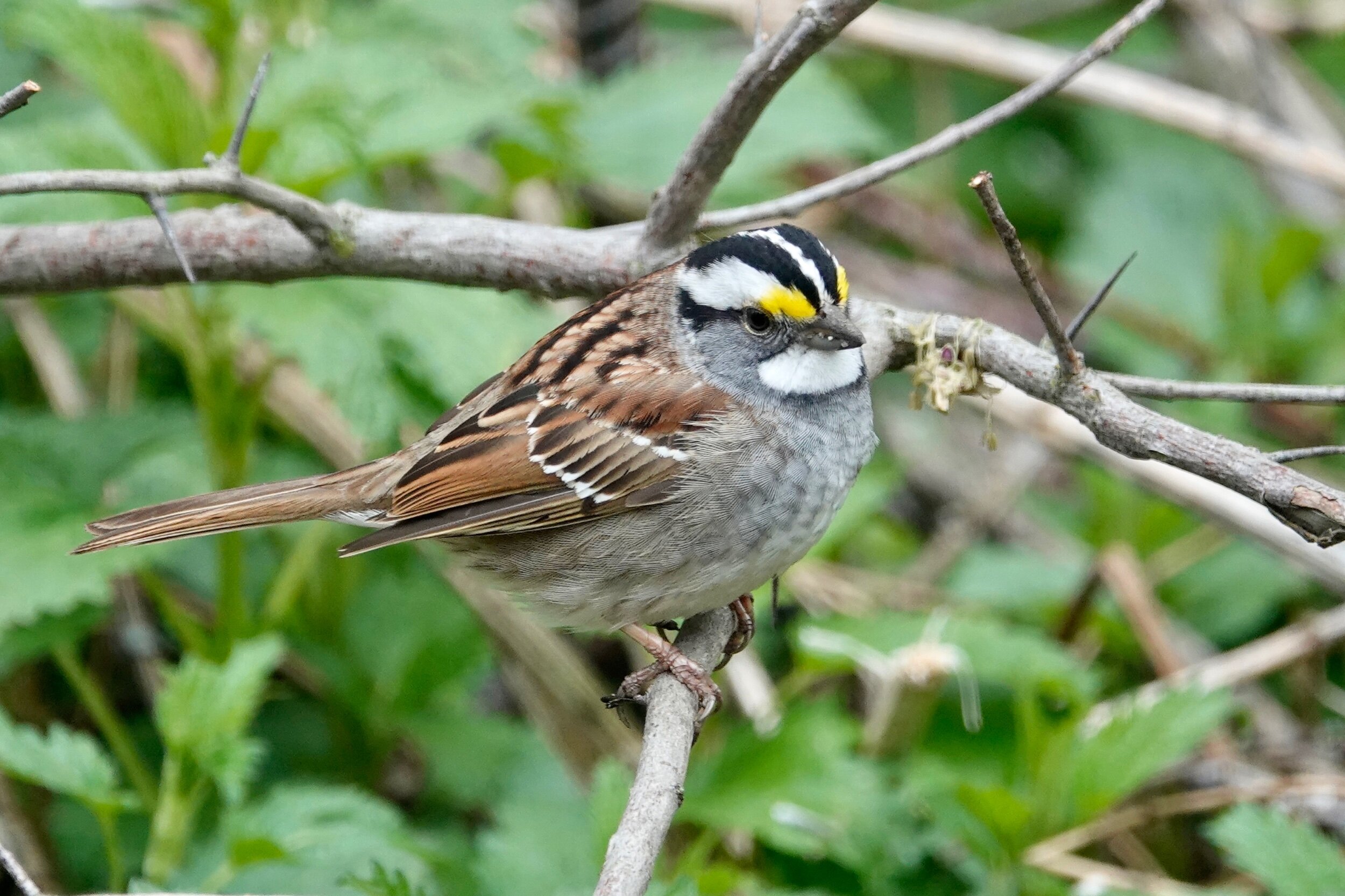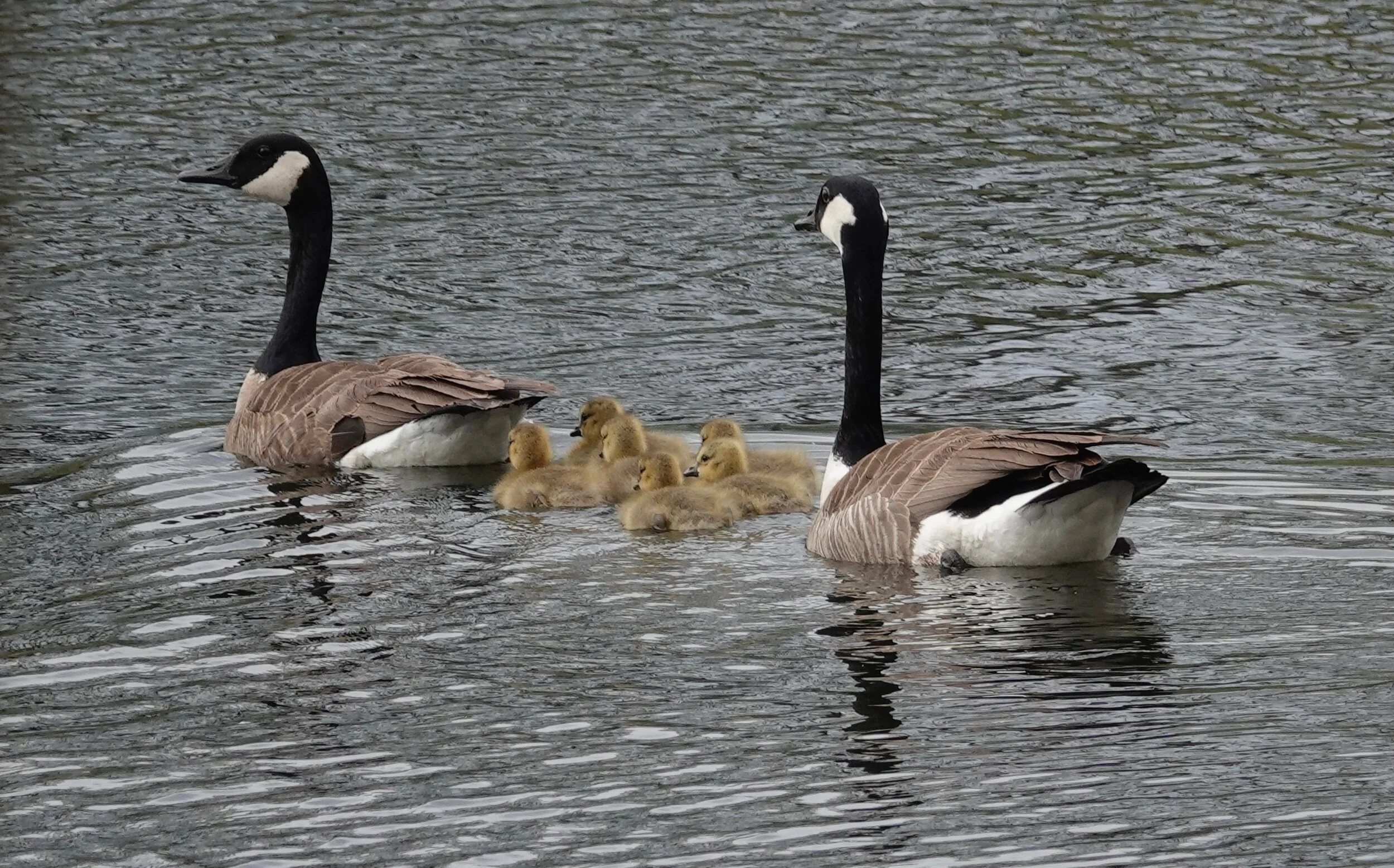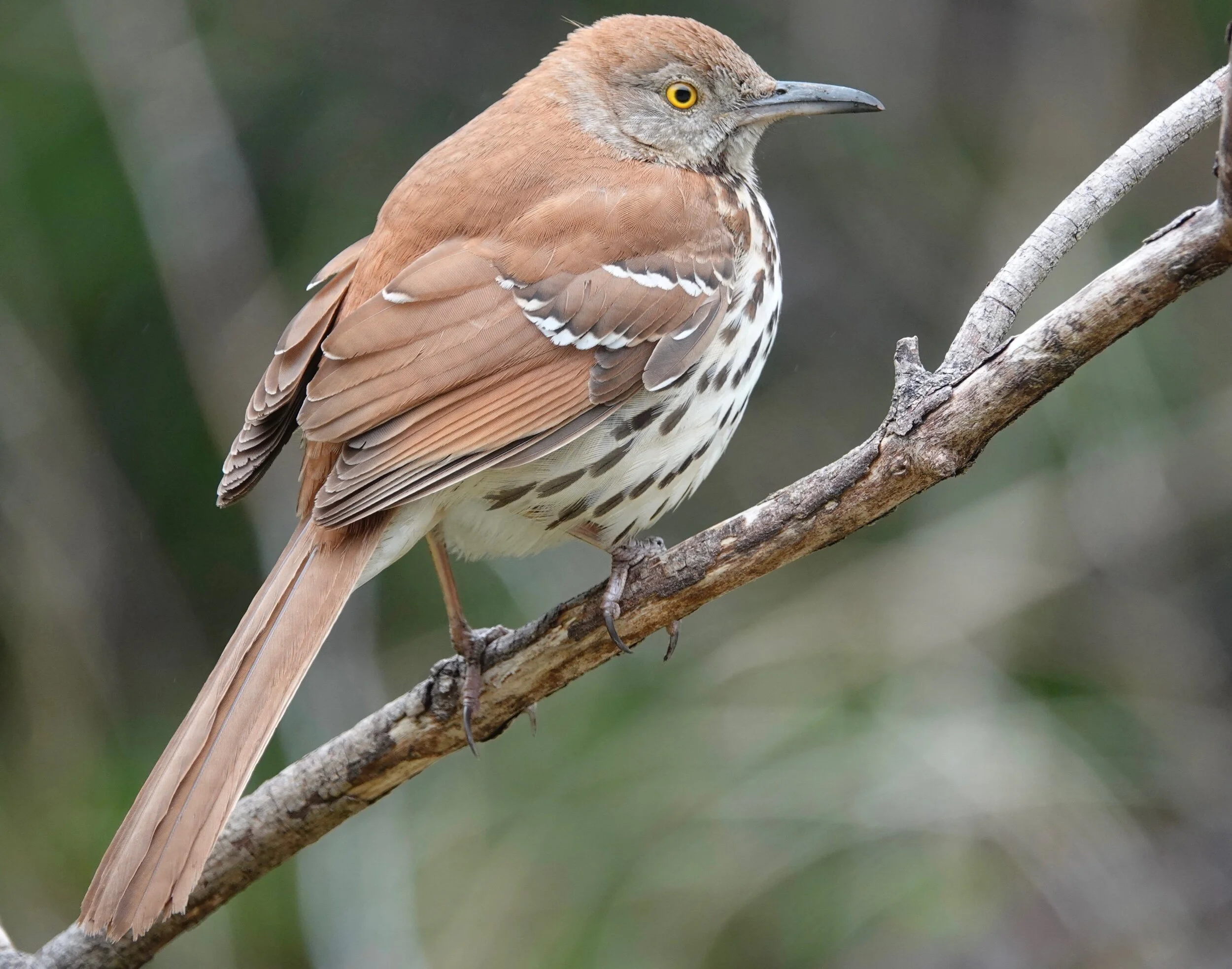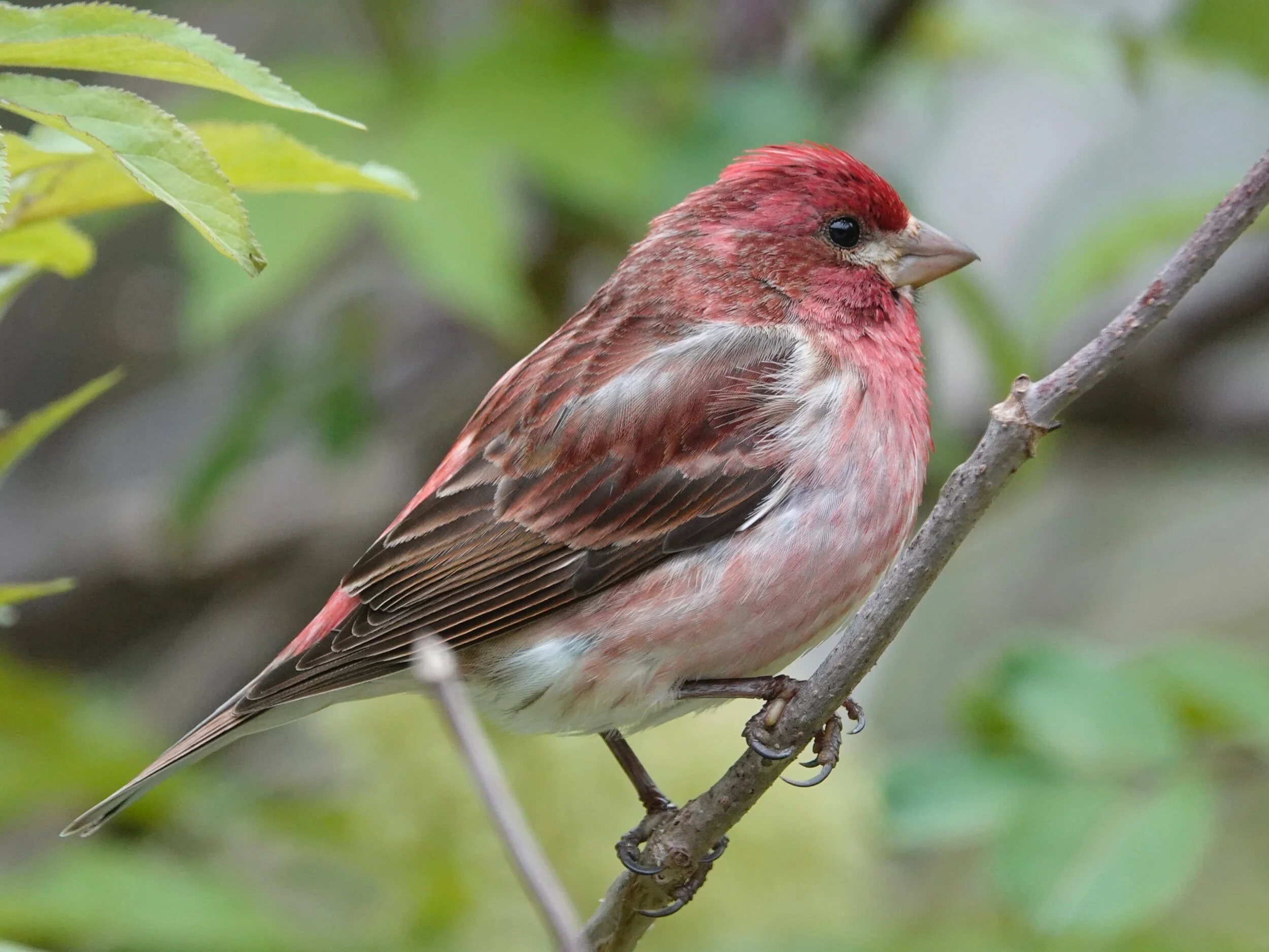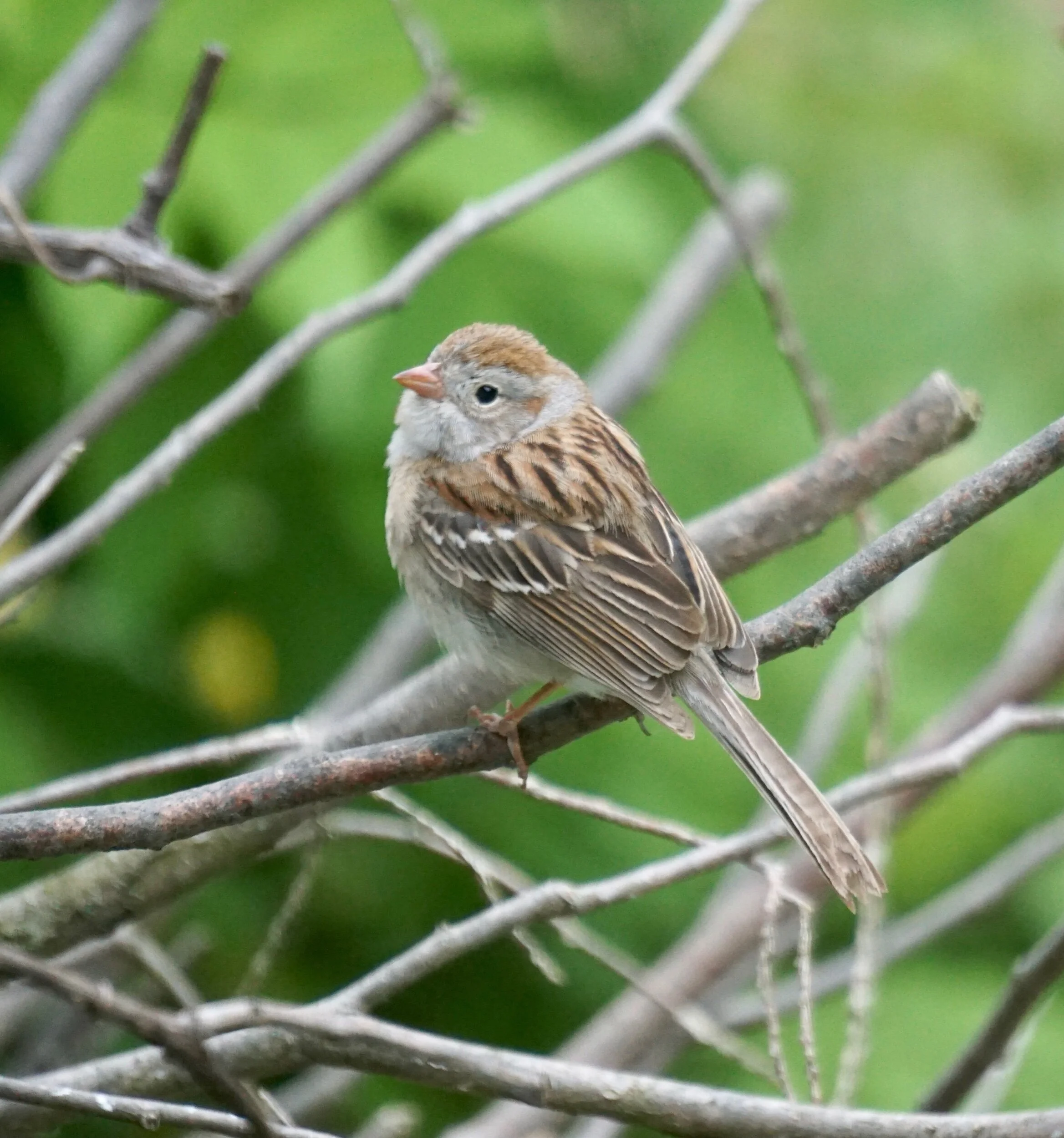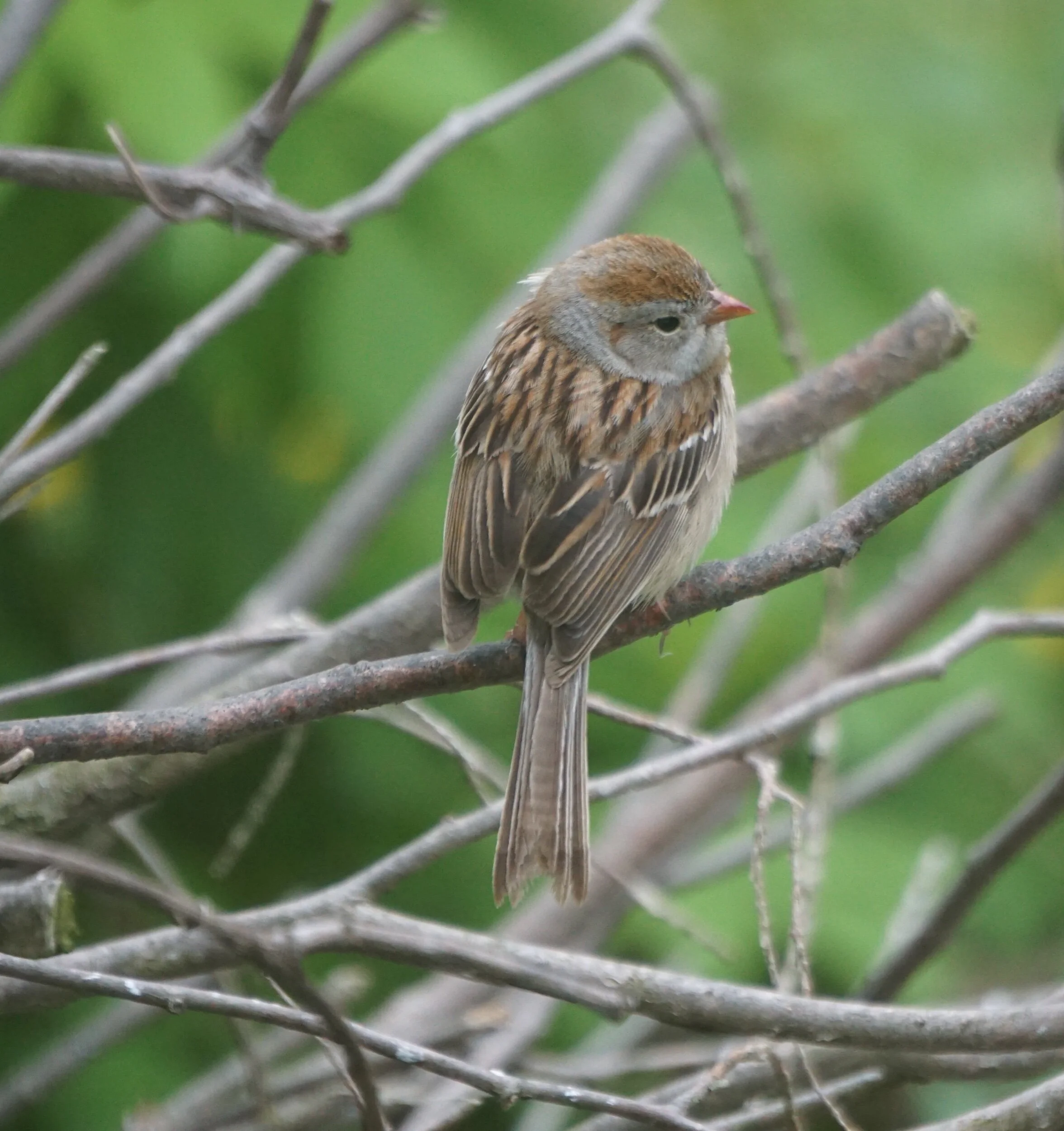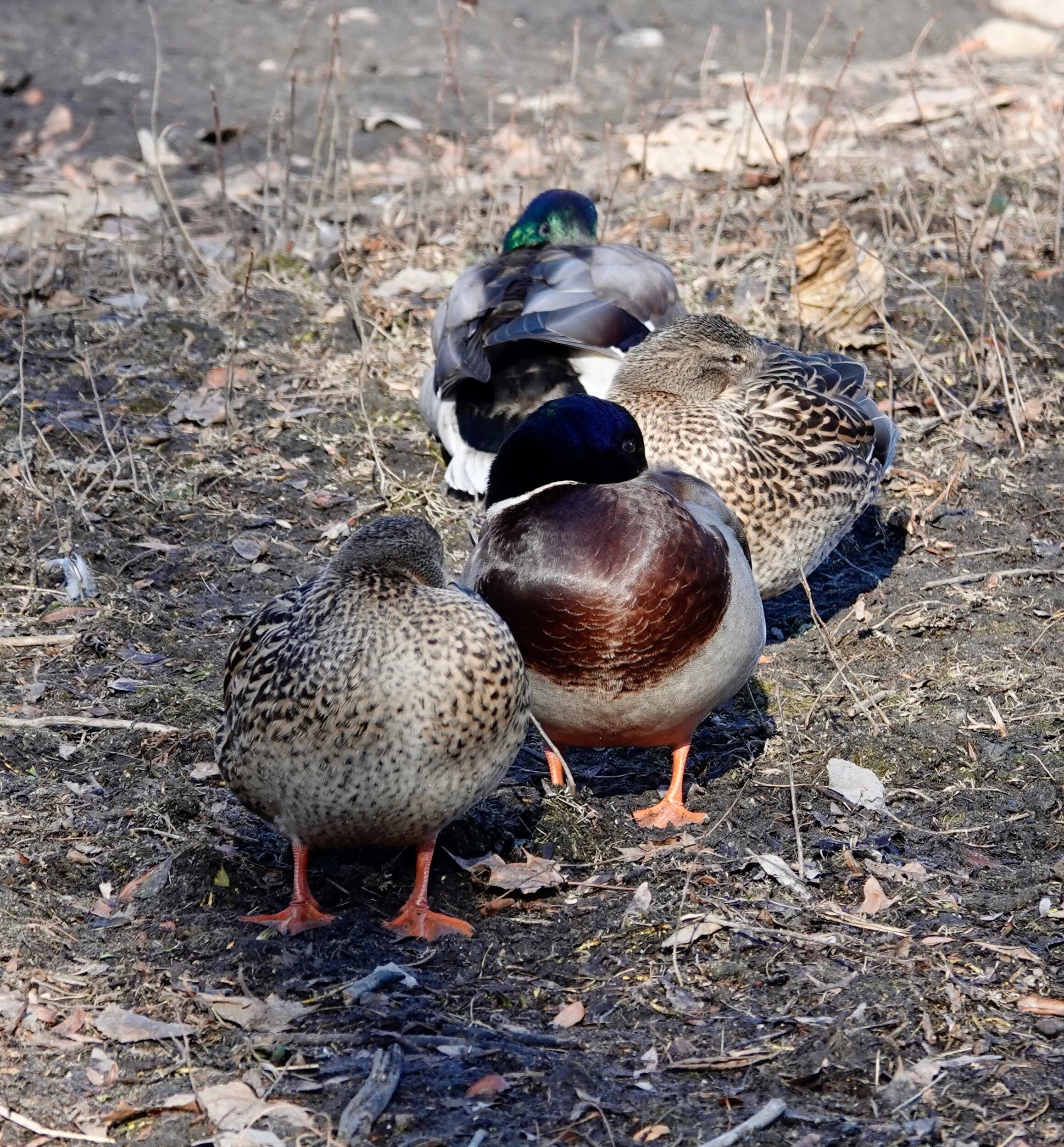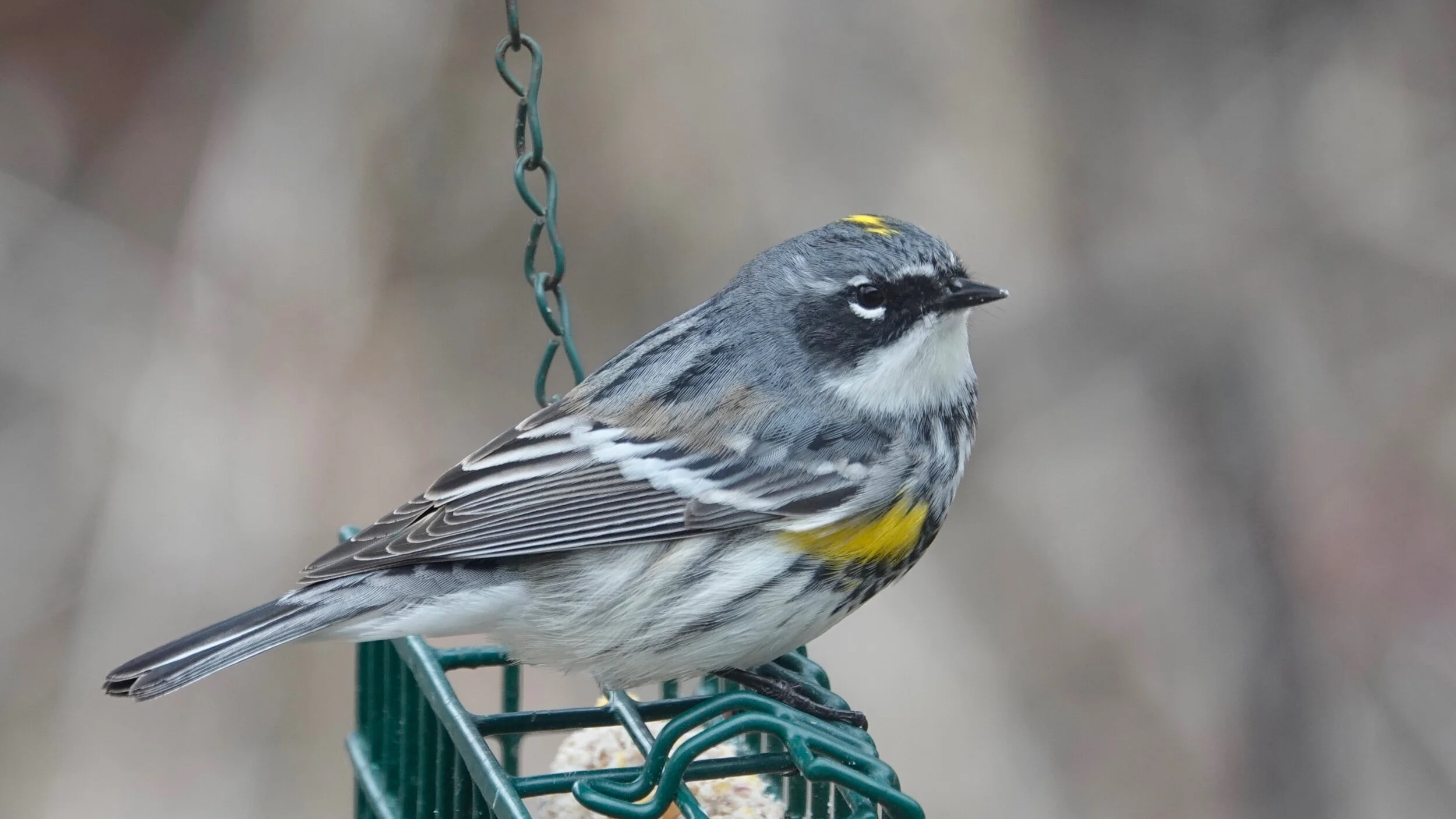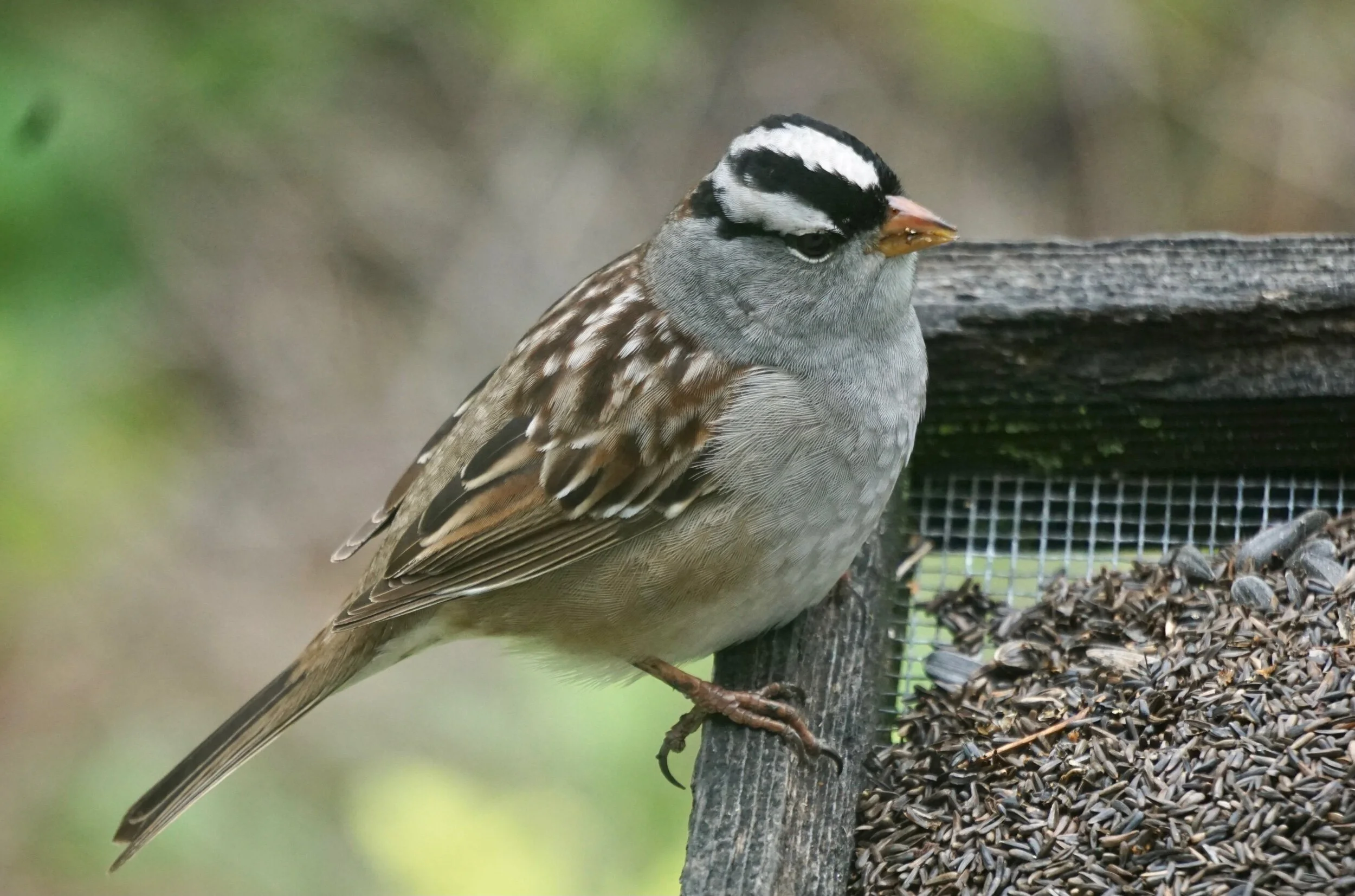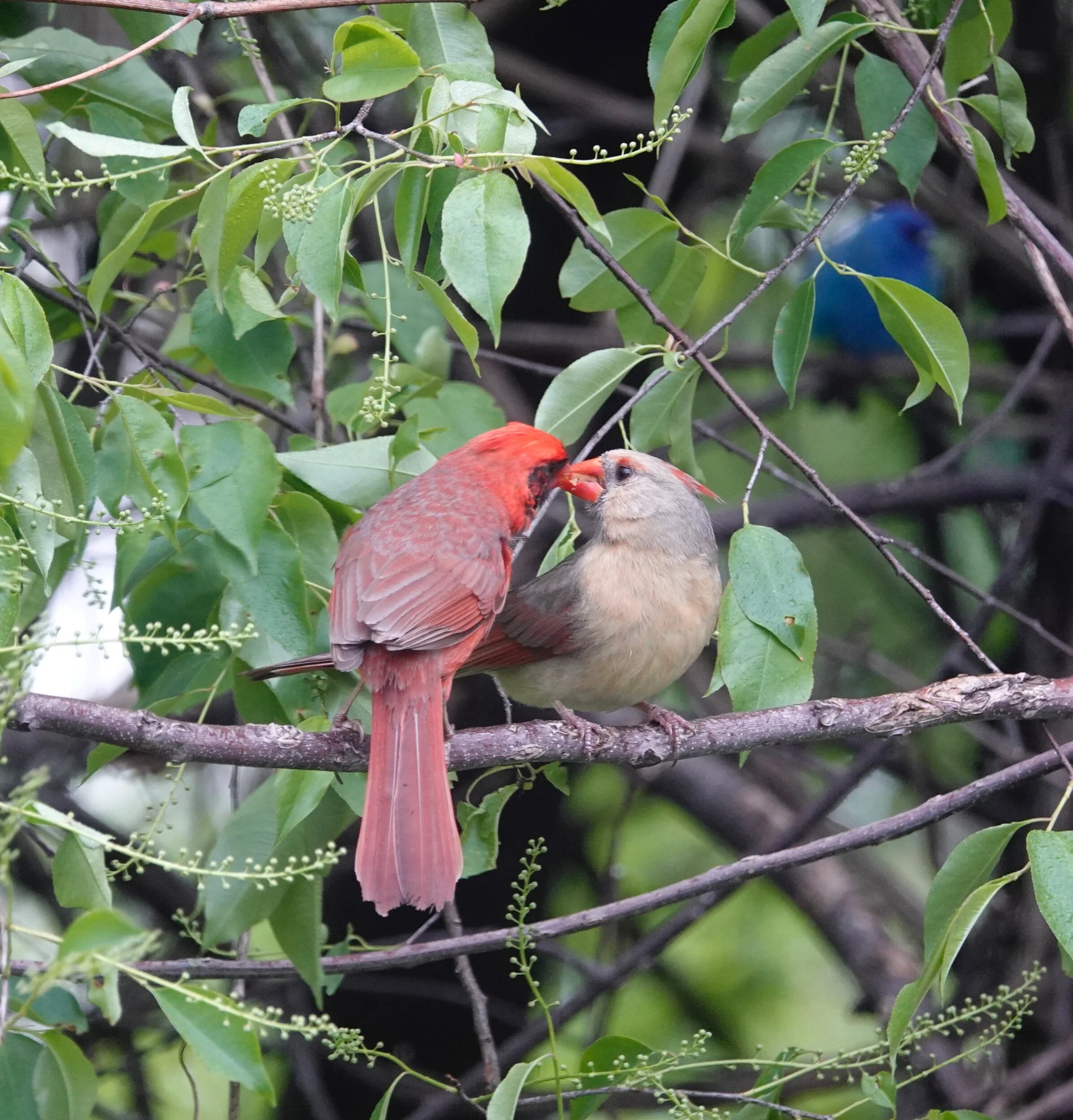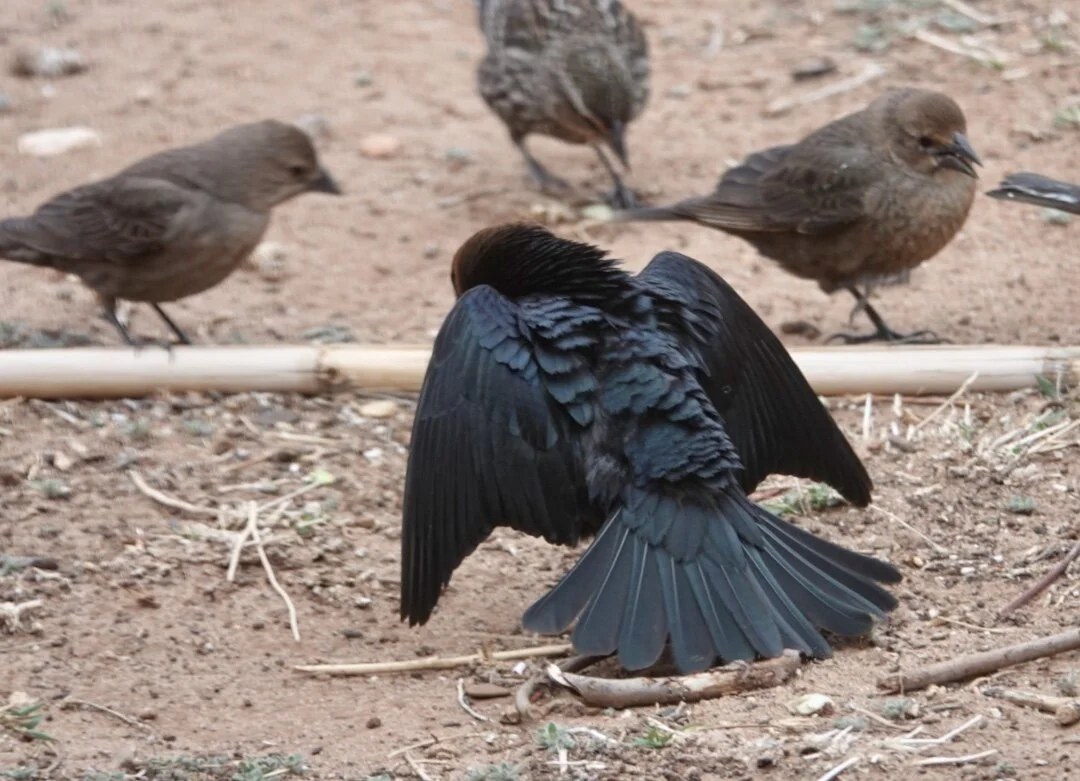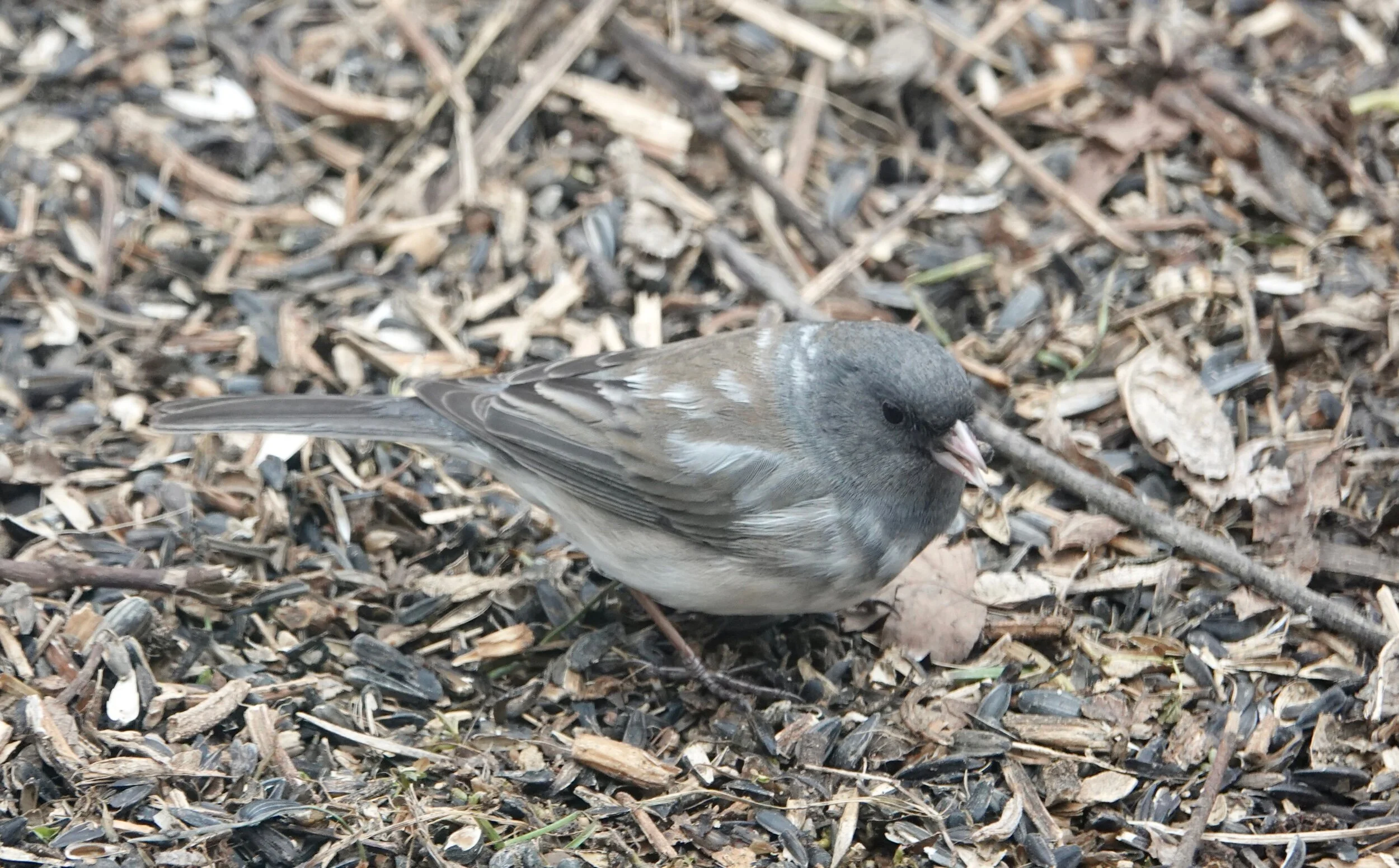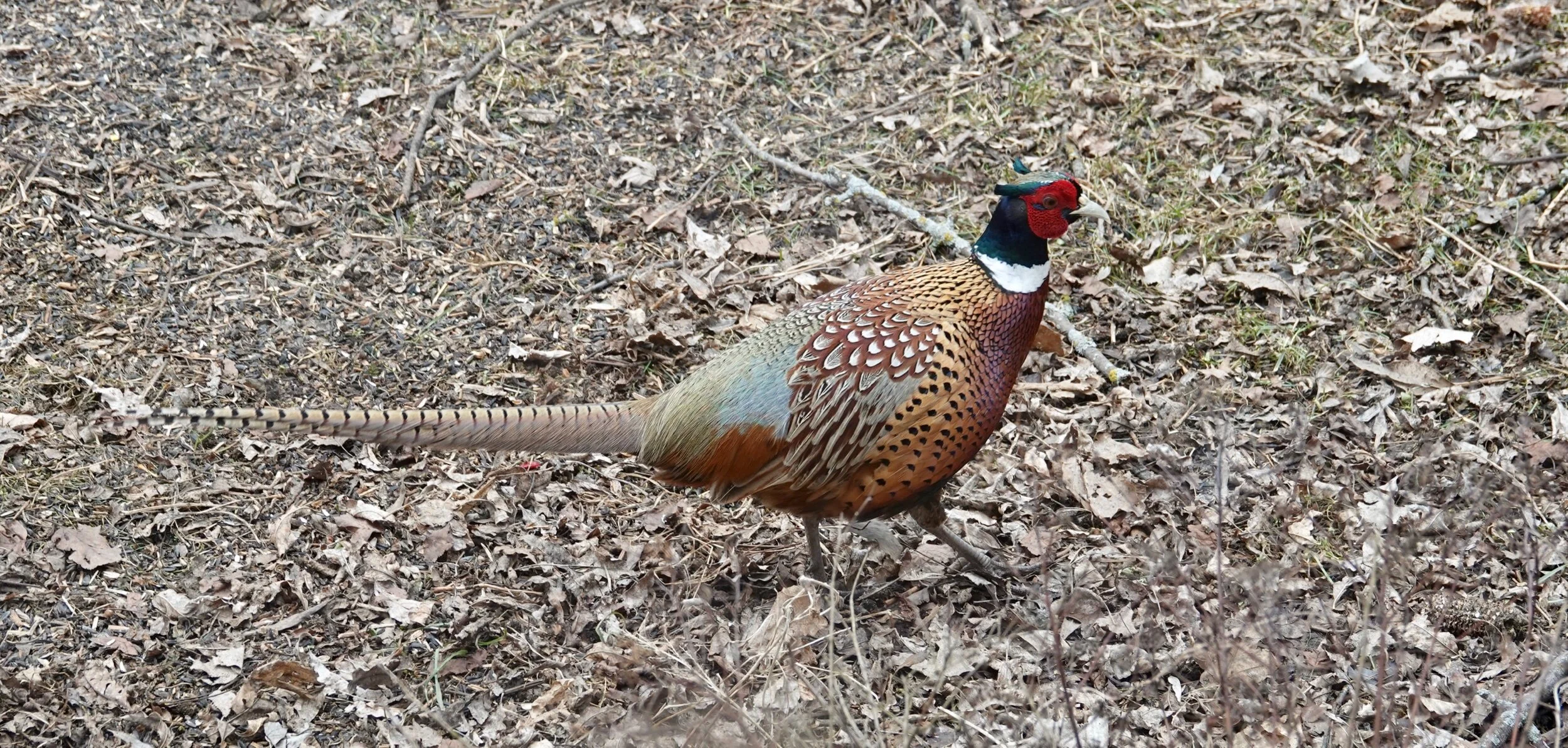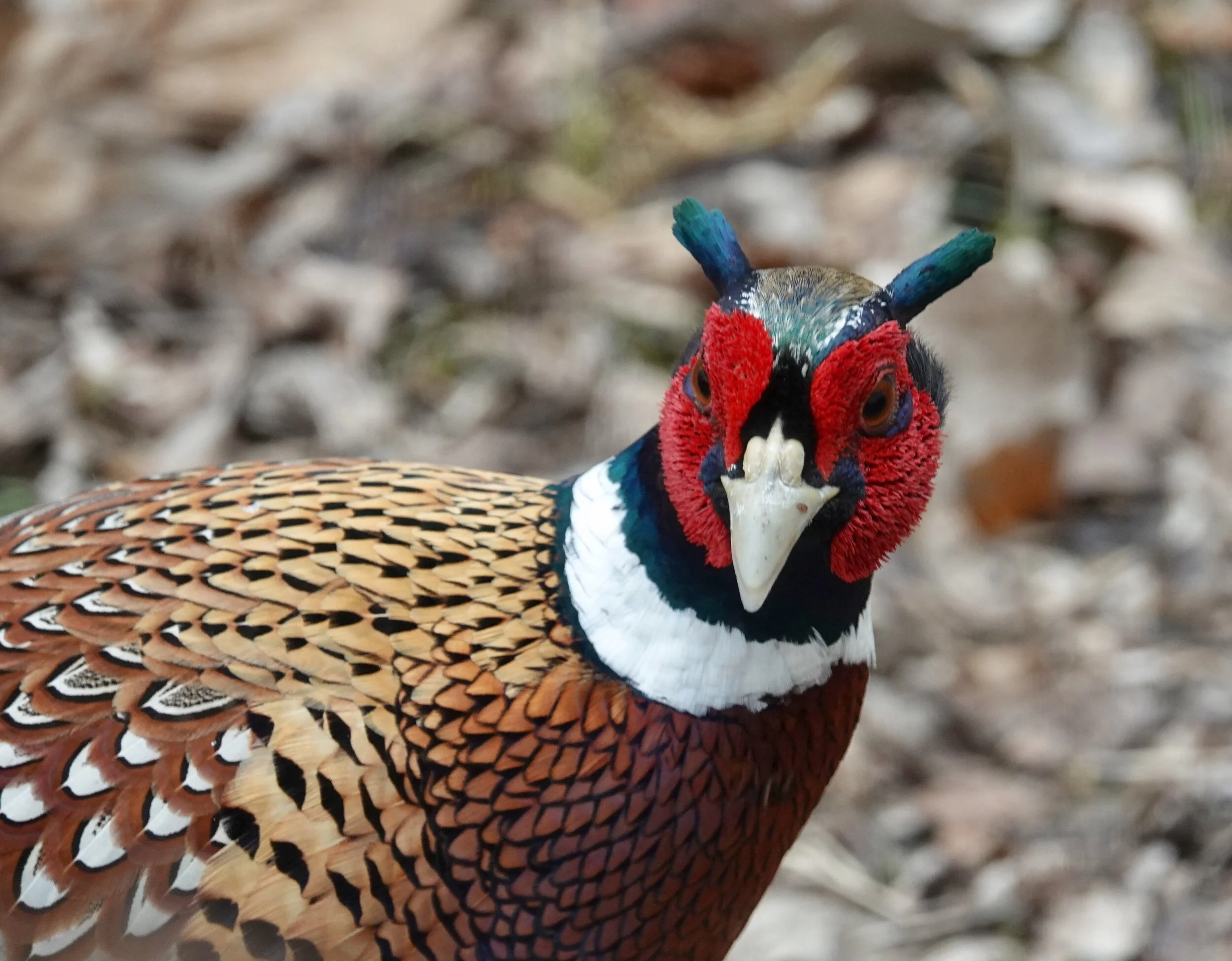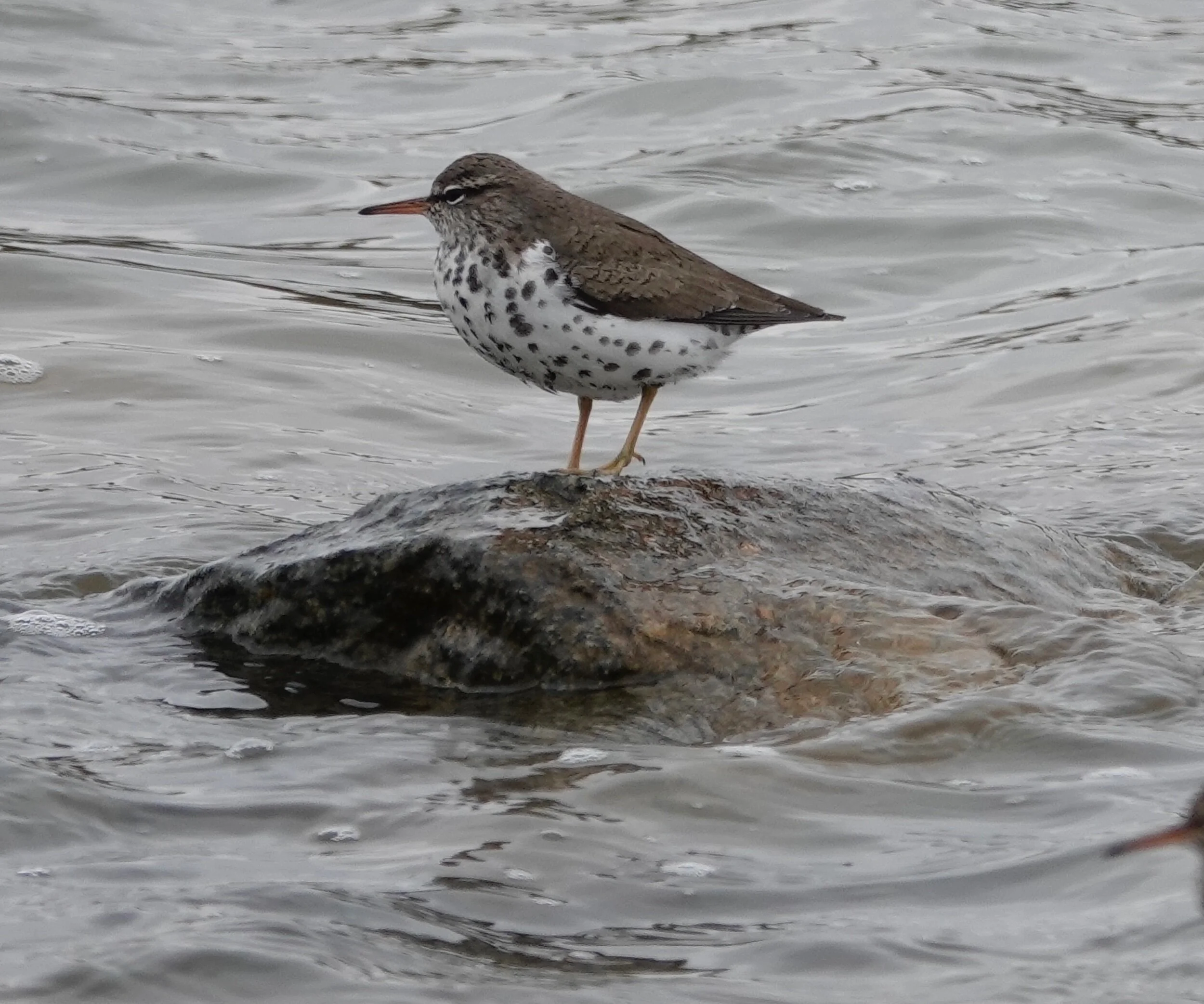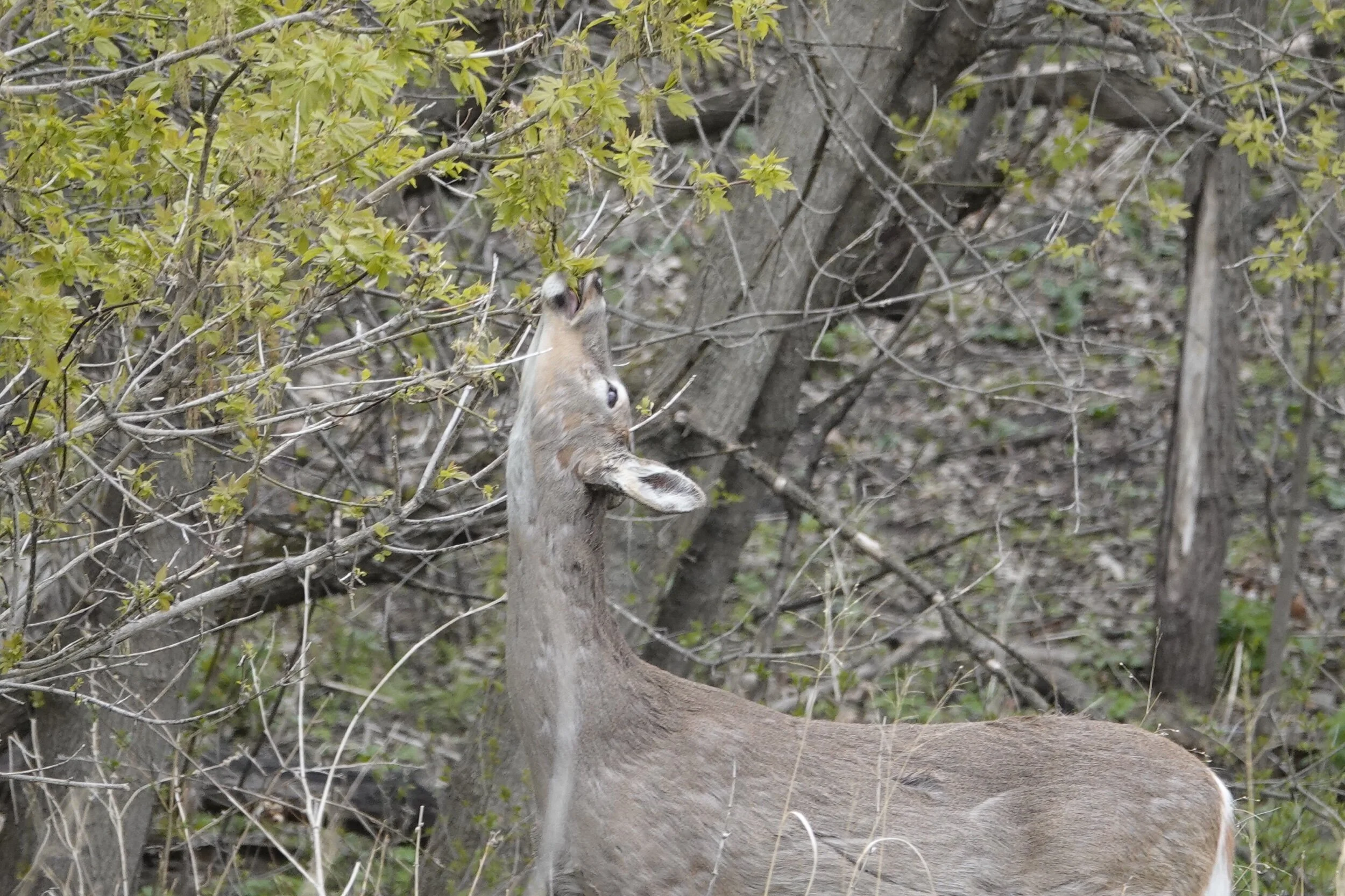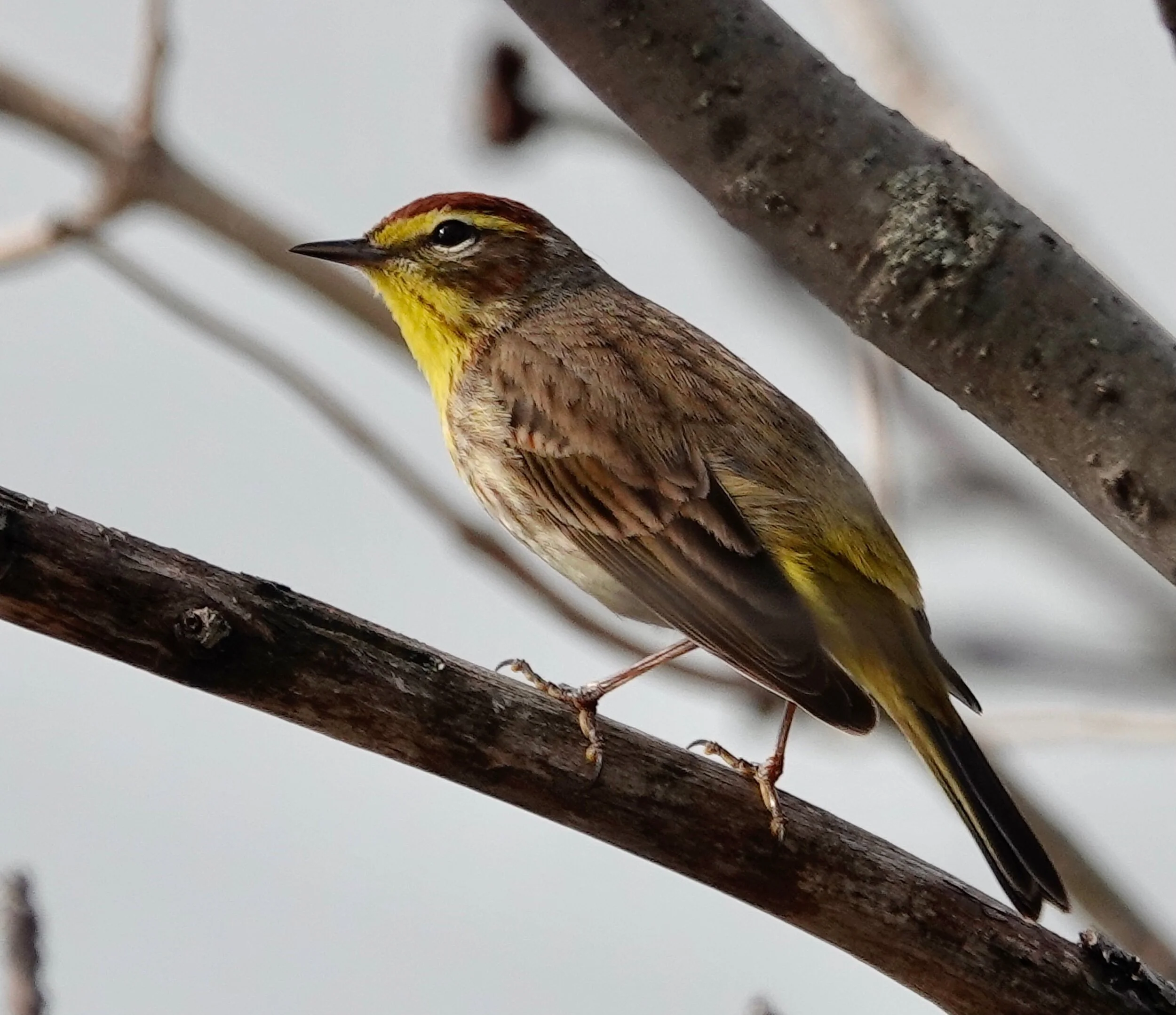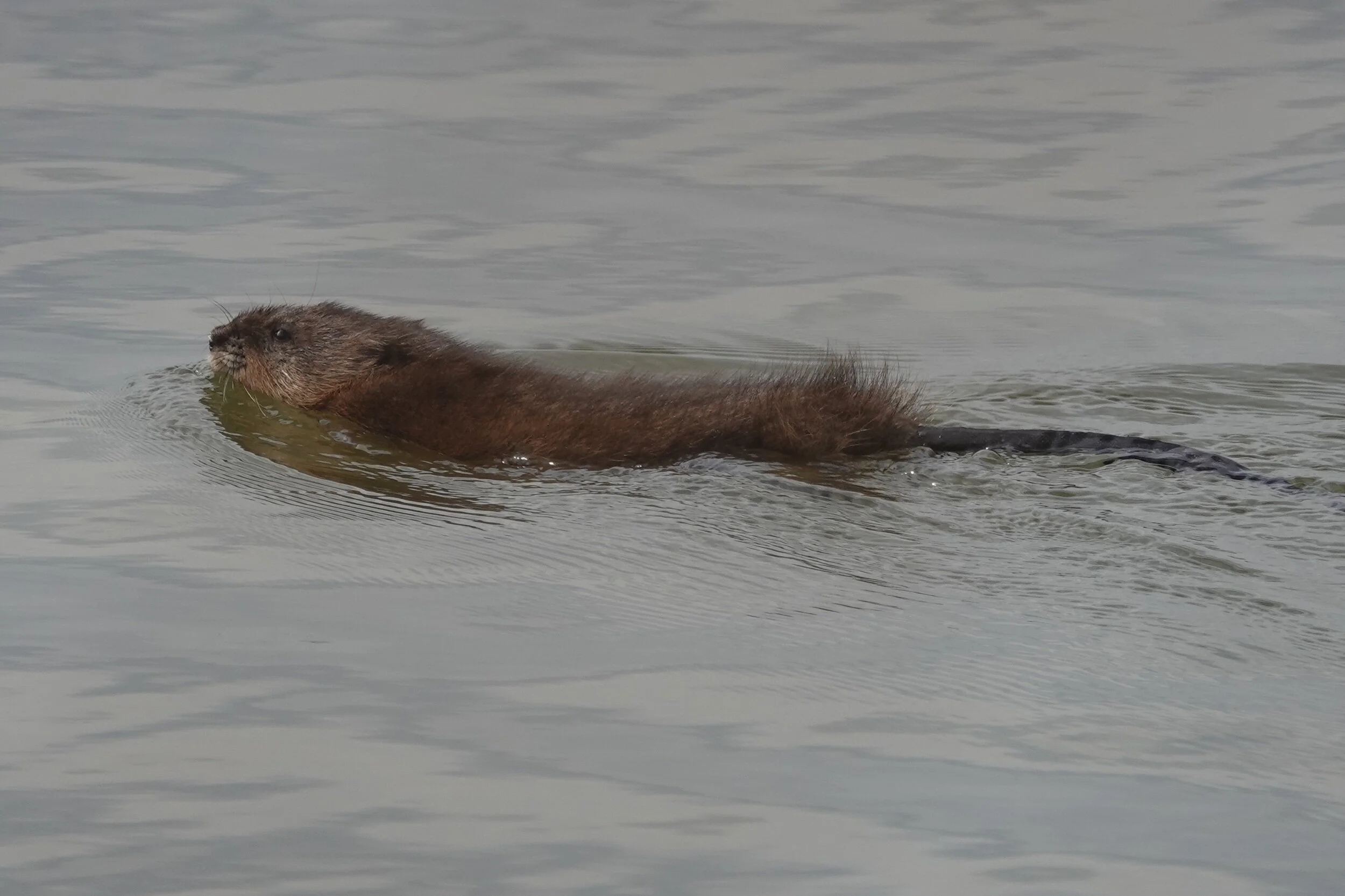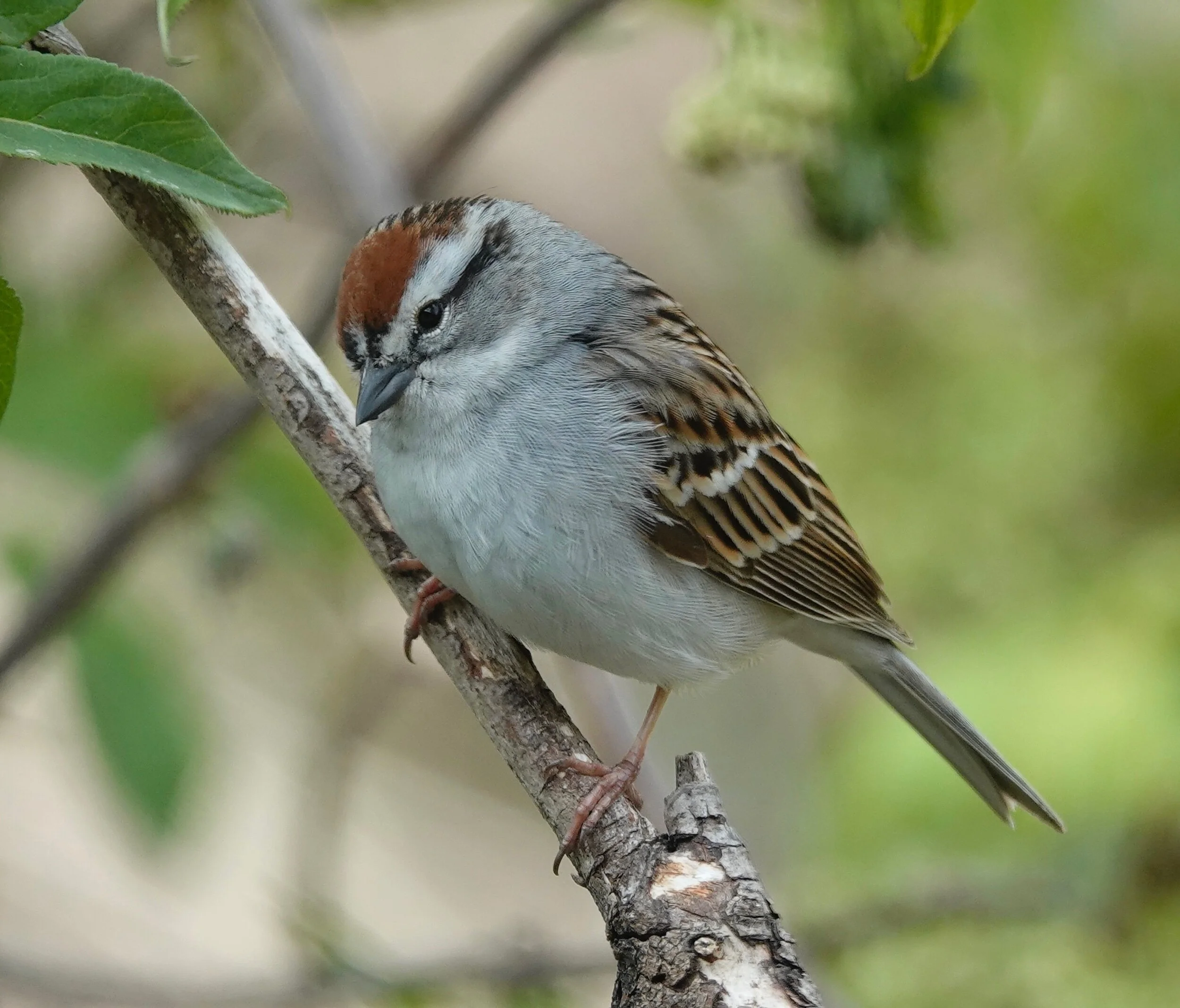Naturally
Silent shadows moved past me on a walking trail. Vultures were flying between me and the sun. I watched a movie called “Miami Blues.” It wasn’t my cup of tea, but one of its scenes showed vultures flying overhead with the sounds of red-tailed hawks dubbed in.
The insistent whistle of a cardinal provided background music. It’s impossible to ignore a redbird. May brings the musical trills of American toads as they all chime in at once. House wren song accompanied the cardinal as my steps added up. I walked past plantain, which native people called “white man’s footstep.”
Raccoons were noisy. Their mating season is February to March and after a 63-day gestation period, the female gives birth to a litter of 2-6 young in April or May in either hollow trees, woodchuck burrows, culverts, under buildings, etc.
Tiny spring azures are among the first butterflies seen in spring that haven’t hibernated overwinter as adults. They have bright blue upper wings that are apparent as they fly in search of mates or food. They seldom perch with wings open and the undersides of their wings are gray with spots.
Countless 17-year periodical cicadas are emerging in many major media markets, but not in Minnesota. The cicadas are about an inch long and I’ve heard there may be 20,000-40,000 in a single tree. The nymphs had spent their lives 12-24 inches deep in the soil where they fed on tree sap. They are noisy because they are teenagers. Brood X emerges this year. Two broods have gone extinct and a third is declining due to deforestation.
I watched trumpeter swans feed in a shallow wetland. They used their strong webbed feet to dig into the pond bottom for roots, shoots and tubers. Their big feet churn like the swans are on a Peloton bike before they plunge their heads and necks underwater to eat what they’d dislodged.
Speak softly and carry a loaf of bread
A friend came home from grocery shopping to discover a wild turkey tom in his yard. The turkey had been courting a nearby hen. The tom identified the returning shopper as a competitor and shifted into attack mode. My friend retreated swiftly to the deck of his home, but the tom followed him nimbly. The man kicked the turkey twice, but it only encouraged the tom’s assault. The tom put the man’s castle under siege. Finally, in desperation, the man pulled a loaf of bread from his shopping bag and struck the big bird with it. That did the trick and sent the tom into retreat.
Q&A
“I watched a crow dip bread in a birdbath. What was it doing?” Crows dip their food in water to soften it. Crows will soak food for nestlings to make it easier to eat and to provide them with water.
“Why are they called ladybugs?” The name was coined by European farmers who prayed to the Virgin Mary when pests were eating their crops. After ladybugs had come and destroyed the pests, the farmers named them "beetle of Our Lady." This was eventually shortened to "lady beetle" and "ladybug."
“What is the largest rodent in the U. S.?” The largest rodent in North America is the beaver. The porcupine is the second largest.
“What is eating my tulips?” Deer, rabbits, squirrels, chipmunks and woodchucks eat tulips. Rabbit damage is easy to recognize because they make sharp cuts as if someone has trimmed the plants with scissors. The cut is often angled at 45 degrees. A rabbit will sometimes nibble the tulip bloom and not eat the entire flower at one sitting. Squirrels and chipmunks are the most common pests of tulip bulbs.
“What animal eats asparagus?” Deer eat what is available and likely would sample fresh spears.
Dennis Anderson of Hartland asked when pelicans nest? Minnesota has 10 lakes, a city and a river that include pelican as part of their names. In April and May, they nest in large dense groups. Pelicans nest on the ground, mainly on isolated islands. American white pelicans reach sexual maturity at around three years of age and average two eggs in a nest. Minnesota has 15 known nesting colonies, but the number and locations can vary.
Customer comments
Grant Garriott of McGregor wrote, “We bought a fake owl one summer to discourage woodpeckers from attacking our home’s cedar siding. The only thing it accomplished was luring screaming crows to the house. The woodpeckers ignored it and continued their drilling operations.”
Thanks for stopping by
“I would feel more optimistic about a bright future for man if he spent less time proving that he can outwit Nature and more time tasting her sweetness and respecting her seniority.”—E. B. White
“Animals don't hate, and we're supposed to be better than them.”―Elvis Presley
Do good.
©Al Batt 2021
The eastern towhee used to be called the rufous-sided towhee. I named a family dog Towhee because of this exquisite bird. Photo by Al Batt






























